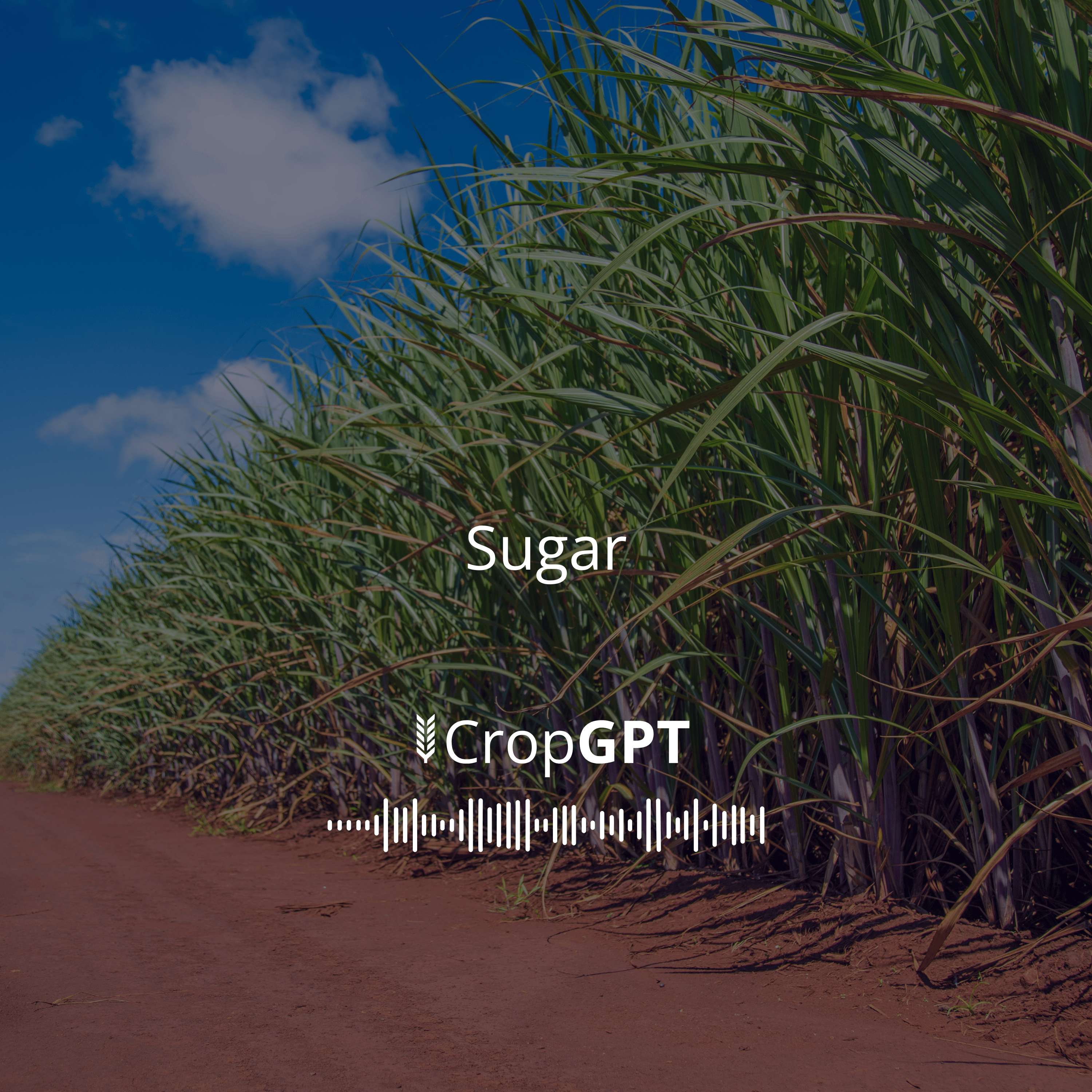View Transcript
Episode Description
This episode provides a focused update on the global sugar market as of July 13, 2025.
- Pakistan has introduced a two-phase sugar import policy to control domestic prices. The government, through the Trading Corporation of Pakistan, plans to import 350,000 tons of sugar—initially 200,000 tons followed by another 150,000 tons. All duties and taxes on these imports have been waived to reduce inflation and maintain transparency and quality.
- India is set for a 19 percent rise in sugar production for the 2025–26 season, reaching 35 million metric tons. Despite continued export restrictions to protect local supply, an additional 1 million metric tons has been cleared for export. Expansion of the Bhag Pat sugar mill in Uttar Pradesh is expected to enhance local cane processing capacity. Thailand’s production is also climbing, with a 14 percent year-over-year increase forecast at 10 million metric tons. These gains are exerting downward pressure on global prices.
- In contrast, Brazil is facing a 14.6 percent decline in sugar output in its Center-South region due to unfavorable weather. Nonetheless, rising production in other countries is balancing overall supply concerns. In the Philippines, the Sugar Regulatory Administration has approved the import of 424,000 metric tons of sugar to safeguard future supply, classifying the imports as reserve sugar despite having sufficient buffer stocks.
- South Africa is grappling with a 30 percent tariff imposed by the United States, potentially weakening its competitive position in the U.S. market. Local producers are also contending with an influx of subsidized sugar imports and are urging government support to counteract these pressures.
- Barbados has recorded a strong sugarcane harvest yielding 96,000 tons, converting into 3.8 million kilograms of sugar and 6.8 million kilograms of molasses. However, disputes over industry governance are limiting the economic potential of this success. Collectively, these developments outline a dynamic and uneven global sugar market shaped by both opportunity and policy-driven constraint.
